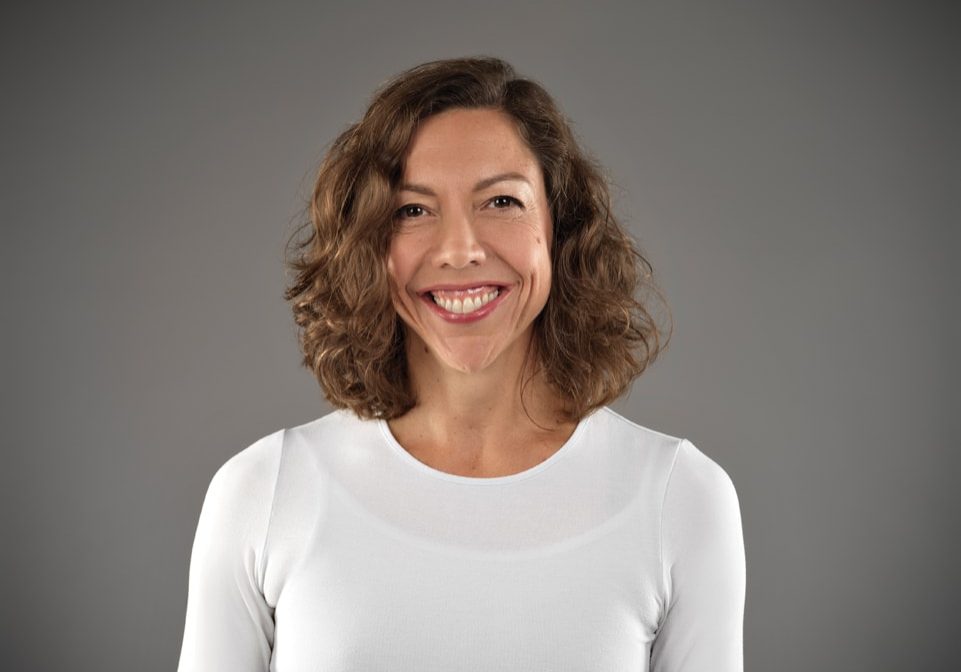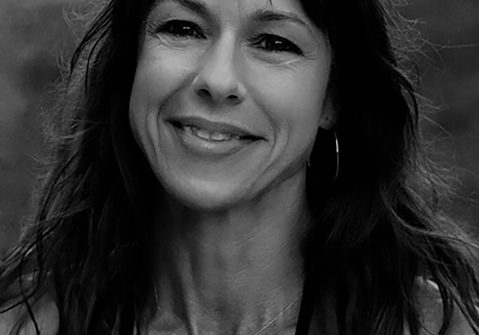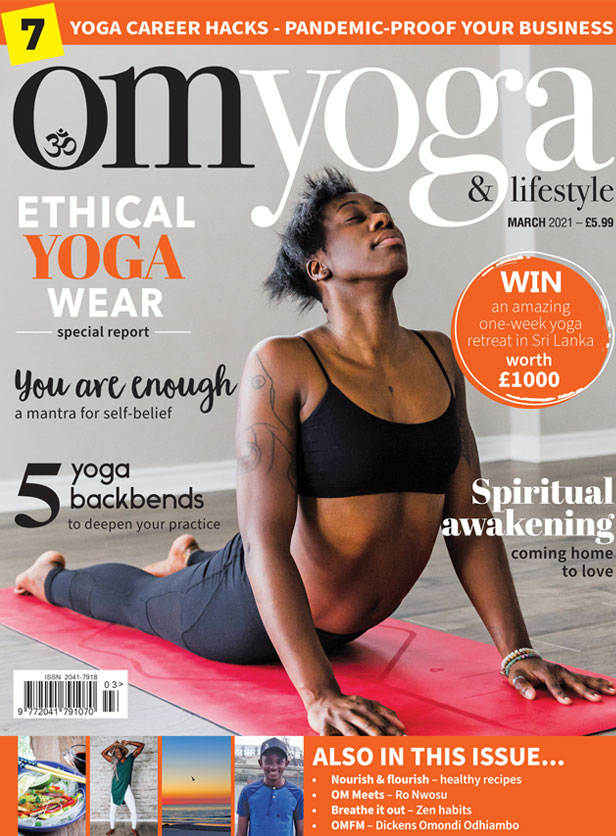
The inner experience
Come back to the embrace of the felt experience and find a sanctuary within your practice to share with your students. By Jean Hall and Anna Ashby of triyoga
We are living in a time of chaos and polarisation. News and events unfold which we have little influence or control over. High tension and reactivity worldwide further exacerbate nervous systems already in tones of fight, flight or fright.
As yoga teachers how do we respond? How can we be of service and take care of ourselves? What is our duty and role in this tumultuous world of change? How do we stay inspired and teach from strength and compassion, rather than fear or anxiety? Especially when livelihood is at risk and the future so uncertain?
Collectively, as a yoga community, we have adapted and stepped into a virtual world (for some reluctantly) innovating to meet the times. What are the implications of this seismic shift? For the experience of embodiment and connection? For the yoga itself and its teachers and students? Time will reveal in hindsight, but what we know is that yoga has always been an evolving practice that recognises the spirit in our humanness and the humanness in our spirit.
Perhaps the most balanced way we can navigate these choppy waters is through, of course, yoga practice itself. The power of the teachings and the efforts of those who have come before lend fortitude and offer solace through quiet, authentic and embodied practice which refines perception and transforms state.
It's easy to get swept up in fearful thoughts and worry. The intensity and language used to describe our current reality can catapult the nervous system into a mode which hampers clear perception and actions based in reason. Finding a sense of wellbeing amidst the unknown, and when so many are suffering is hard.
The question arises: how can we use the discipline of yoga as a means to temper frightening thoughts and bring about an inner equilibrium despite the outer turmoil? Furthermore, perhaps most importantly, how can we help our students?
Self-knowledge
Let’s look a little more closely at the word ‘discipline’. It developed a bad rap from the 1500's onwards when it took on connotations of punishment as the means to correct bad behaviour and bring about obedience. But before this time, discipline had another interpretation. It came from the word 'disciple'; its Latin equivalent 'discipulus' means 'pupil'. The Latin word 'disciplina' translates as 'instruction and training'. Furthermore, discipline derives from the Latin root 'discere' which means 'to learn'.
It’s this definition which can bring about a whole quantum level of meaning and inspiration. In this context, discipline becomes a method of self-knowledge that can liberate. It represents the efforts we can make to learn about self, soul and world and stand firm in that which is steady and unchanging. This is the first duty, or dharma, in yoga as described in earlier texts — to know the self and in so doing fulfil the purpose of our life.
Much of the yoga tradition's practices are based on this interpretation of discipline. There are many different Sanskrit words that describe it: saṃyama; abhāsya; tapas, sthairya…each carrying further nuance and meaning. Armed with a new understanding and definition of discipline that rests on the basis of self-knowledge that liberates, let’s look a little more closely at the nature of practice itself.

Listen to the breath
Consider the approach to your practice. Take a moment and reflect. Do you find yourself cracking a whip? Telling yourself what you ‘should’ be doing? That you really should be pushing your practice a bit more and trying to work on those arm balances even if you feel exhausted? Or do you find yourself wondering about the next photo for Instagram and whether or not you will lose followers? Or if there will be enough students in your next class? If this is what’s going on in your head, stop and take a breath. This is the mind operating from the stance of fear.
Lie down on the floor, put your hands on your body and breathe. What are you learning from the feel, rhythm and flow of your breath? What is the quality and texture of this unfolding moment? How does the body meet the floor? Is there rigidity? Is there yield? What is present in the innermost space of your heart and being? Enquire within. And listen.
Permission to question and explore without needing to know an answer can revolutionise the experience of physical yoga practices, which become nuanced and evolve as vehicles for creativity and the expression of essence; embodied practice reveals the fruit of learning and gives rise to the wisdom of deeply-felt connection and wholeness. This is the discipline of a practice felt and followed.
We learn best from personal felt experience. When nourished with self-enquiry and study of scripture, insight can arise which allows a flourishing in practice and in classes — a lifetime of inspired teaching. Practice becomes a wellspring — a cutting edge for innovation and discovery. Classes can become offerings to explore and investigate inner being and the very nature of conscious embodiment, a profound means to connect not only with self, but with all.
Quiet attention
This way of practicing requires quiet attention; the ability to turn inwards and stay with inner experience. It’s a skill that stems from a genuine curiosity — an honest openness to look within and see what is truly there — which may go against the grain of everyday culture and perception weighted to an outer world of comparing or valuing ourselves in relation to others.
This inner listening imbued with curiosity and a deep sensory awareness, guides the way to authentic self — learning and discovering through our own, felt experience, rather than looking outwards to how we think we should be or to how someone else told us we ought to be. This is the touchstone of yoga and for working with whatever is truly present.
Practice as enquiry — to question, to feel, to discover — fuels the yogic journey. This may mean staying with discomfort, consciously choosing to breathe with it while moving towards centre and self. The discipline of practice transforms negativity into an experience of compassionate wisdom, an inner freedom gifting resilience and strength in the face of adversity.
Connection
By reigniting the power of yoga practice in this manner we can meet this time and serve it. We can offer spaces of connection — sanctuary — where coming together virtually or otherwise reaffirms the true meaning of yoga as implied by it’s root yūj which means to ‘yoke’. The constancy of tapping into self and being sows the seeds of connection so important in a time of perilous fragmentation and essential to the wellbeing of all. Come back to your practice.
Come back to self. Attend to the inner experience. Study the texts of the tradition to seek the knowledge held within it. Apply it to your life and your interactions. See what arises. Practice selfenquiry and let it inspire your practice, your teaching, your life. Encourage your students to do the same. Stay alive to the teachings and realisations that unfold in each and every moment and step into that part of the being that is steady and constant — an everpresent inner source of peace. We all have this capacity, though it may seem difficult to access. Practice yoga to open the door and develop the skill of connection. Teach yoga to offer it to others.
Anna Ashby is a senior teacher at triyoga in London and founder of its training programmes (annaashby.com)
Jean Hall is a co-founder of triyoga’s advanced teacher training programme and an author of published yoga books (yogajeannie.com)
Find out more about London’s triyoga studios and its teachers at: triyoga.co.uk


